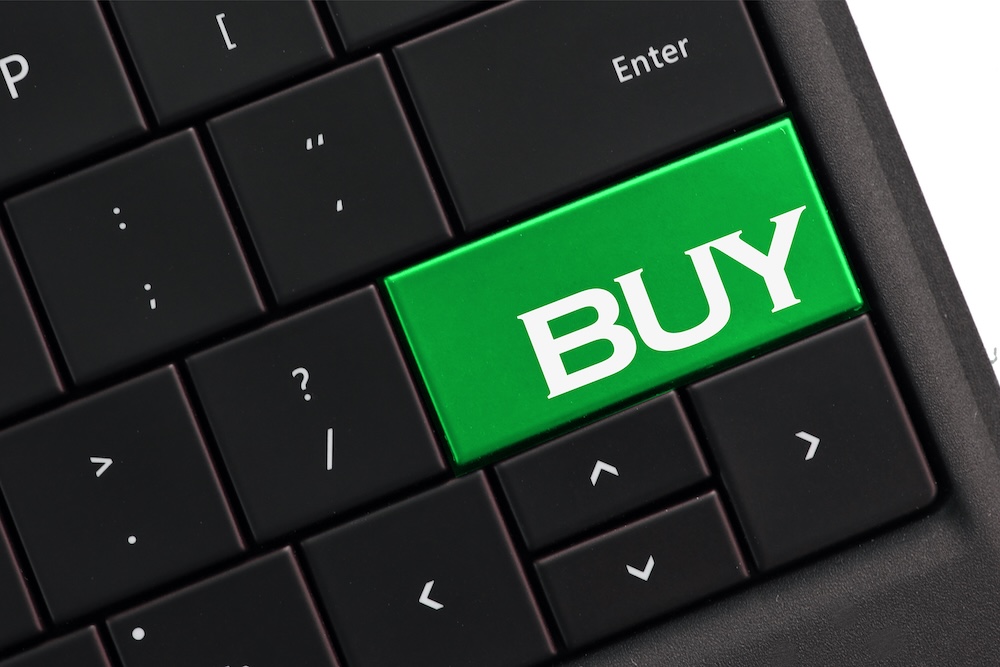Buy Now, Pay Later (BNPL) is everywhere—from your favorite clothing site to that eco-friendly shampoo brand you swear by. One click, four payments, no interest. It’s easy. It’s addictive. And it’s quietly derailing sustainable living goals for millions.
Because while you’re spreading out the cost of a bamboo bathrobe, you might also be spreading out your carbon footprint.
Let’s talk about how BNPL, the poster child of convenience culture, conflicts with sustainability—and what a climate-friendly budget actually looks like.
What Is Buy Now Pay Later (And Why Is It So Popular)?
BNPL is a short-term financing option that splits your purchase into multiple payments—usually four. It’s marketed as:
- Interest-free
- No credit check
- Instant approval
Apps like Afterpay, Klarna, Affirm, and Sezzle make it seamless. Too seamless.
What used to be a moment of pause (“Should I really buy this?”) is now a green-lit sprint to checkout.
The Hidden Environmental Cost of BNPL
1. It Supercharges Impulse Buying
BNPL is frictionless—and frictionless spending leads to overconsumption. Instead of asking, “Do I need this?”, we’re asking, “Can I swing $12 today?”
This fuels:
- More fashion hauls (often fast fashion)
- More electronics upgrades
- More short-lived purchases that don’t align with eco-values
2. Returns = Double the Carbon Footprint
Studies show BNPL purchases have higher return rates. More returns mean:
- Extra shipping emissions
- Increased packaging waste
- Items often tossed instead of resold
All those “try now, pay later” clothes? Many end up in landfills.
3. It Distorts the Real Cost of Ownership
You’re not buying something outright—you’re renting it from your future self. That $100 sustainable coat split into $25 chunks might look harmless now, but when stacked with five other $25 items, your budget (and your values) are maxed.
4. It Normalizes Financial Fragility
Sustainability isn’t just about the planet—it’s about your finances. BNPL builds the illusion of affordability while often undermining:
- Emergency savings
- Debt management
- Mindful consumption habits
It’s all packaged in pastel fonts and zero-interest promises.
The Sustainable Budget Mindset
If you’ve fallen into the BNPL trap, no shame. You’re not alone. But here’s how to rethink budgeting with climate and conscience in mind.
Spend With Intention, Not Emotion
Before any purchase, ask:
- Will I use this for a long time?
- Is this brand aligned with my values?
- Could I buy this secondhand?
Prioritize Quality Over Quantity
Instead of five BNPL impulse buys, save up for one high-quality item that lasts. Durability = lower environmental impact and lower long-term cost.
Embrace the 30-Day Rule
If you want something, wait 30 days. Still want it? Budget for it. Still a good choice after the excitement fades? That’s a win.
Build in a “Sustainability Budget” Line Item
Every month, allocate a small amount toward planet-positive purchases:
- Reusable home goods
- Ethical wardrobe staples
- Carbon offsets or local food subscriptions
It keeps you intentional without guilt-tripping every purchase.
Choose Friction on Purpose
Make spending harder on yourself:
- Delete shopping apps
- Turn off autofill on credit cards
- Skip sites that constantly push BNPL as default
Friction can be your sustainability superpower.
What to Do If You’re Already Using BNPL
It’s not too late to shift. Here’s how:
- Audit your BNPL balances
- Make a list of current outstanding payments
- Track when they’re due
- Pause new purchases
- No new BNPL items until everything’s paid off
- Delete the apps (yes, really)
- Out of sight, out of swipe
- Create a guilt-free recovery plan
- Set up auto-pay
- Build a sinking fund for future wants
- Reward yourself with non-consumption wins (library books, nature walks, etc.)
FAQs: BNPL vs. Sustainable Spending
Q: Isn’t BNPL better than using a credit card?
A: Sometimes—but both can encourage overconsumption. It’s about behavior, not just interest rates.
Q: What if I only use BNPL for eco-friendly purchases?
A: That’s better—but if you’re still overbuying or not budgeting intentionally, it’s not truly sustainable.
Q: Are there “green” BNPL platforms?
A: A few are emerging, but most are still tied to overconsumption. Proceed with caution.
Q: Is it ever okay to use BNPL?
A: Sure—if you’ve planned it, budgeted for it, and aren’t using it to dodge hard decisions. But don’t let convenience override your climate goals.
Final Thoughts
Buy Now Pay Later makes it easy to get what you want right now. But convenience isn’t free—and it’s definitely not always green.
A sustainable budget isn’t about perfection. It’s about making intentional choices, building financial resilience, and refusing to let fast spending sabotage slow living.
Because caring for the planet starts with caring how you pay for it.









Reader Interactions